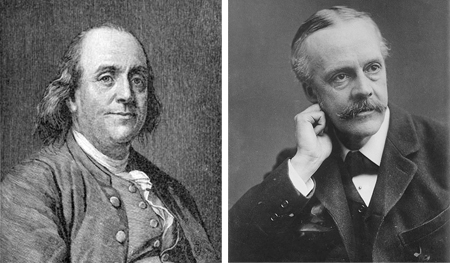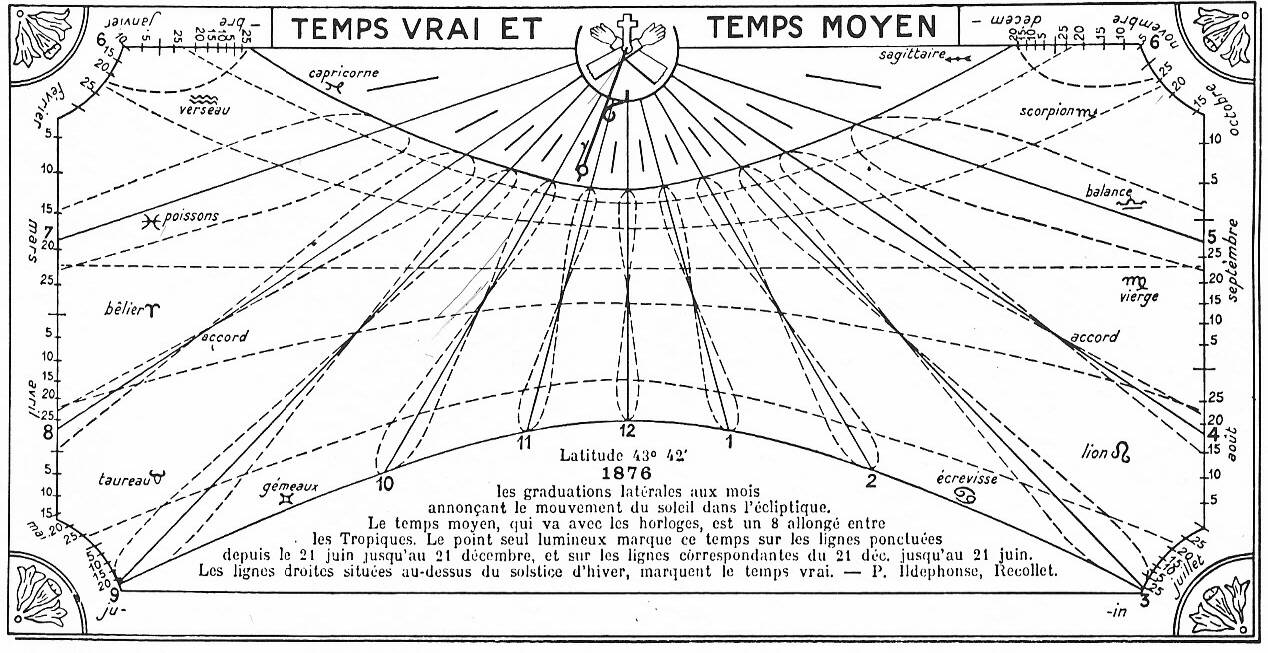
I’m really fond of our flat here in Prague (and, yes, I know that ‘flat’ sounds pretentious to my American readers, but that’s just how we do things here, so it sounds normal to me now… much like cooing ‘ciao’ to acquaintances). It’s big, cheap, in the attic of a villa and has all sorts of strange quirks and features. Unfortunately, it’s also a deathtrap-in-waiting for our young son as soon as he gets older and starts moving around, with splintery beams, abrupt ledges and – worst of all– a spiral staircase with no bannister. So, facing the reality that we’ll have to move out once our ticking time-bomb of a child gets older, I’m already starting to nostalgize the place a bit. Consider this the beginning of a series: ‘Weird, Quirky Old Aspects Of Our Flat That I’ll Miss Once We’ve Had To Move.’
WQOAOOFTIMOWHTM #1: Obecní Dům Cherub
With all the hurly-burly of finishing The Book and my subsequent visit to an Alpine sanatorium, I forgot to mention that the wife and I had a chance to go to Obecní Dům (Prague’s Municipal House) two weeks ago for a friend’s upscale birthday party. Obecní Dům is one of the architectural landmarks of Czech’s brief one-of-the-ten-richest-countries-in-the-world phase between the wars: Art Noveau masterpiece, houses works by Alfons Mucha, blah blah blah…

This was the first time I’d actually been inside the Municipal House, and the visit was significant to me for one thing because we’ve actually had an artifact of Obecní Dům hanging in our flat this whole time, although I didn’t realize it until fairly recently. When we originally moved in, this giant cement baby head was there to greet us, stonily starting at the floor from his (?) wooden beam perch:

(Note: I realize the balloon spoils the effect a bit, but it’s left over from our Halloween party and the kid likes it. So, it stays).
Being generally intimidated by babies, I avoided making eye contact with the thing for a while and wondered if I would come downstairs someday to find it mysteriously vanished in the same unaccountable fashion that it had appeared in the first place. Eventually resigned to its presence, I thought to ask our landlord about it when he gamely showed up at one of our parties for a few minutes. A semi-retired architect, he told me that he had been involved in a restorative face-lift of Obecní Dům at some point and had managed to pinch it from the site!
While I was at it, it thought I might as well ask him who the previous tenants were. This is the kind of flat where you wind up being sort of curious about your predecessors, given that – as explained above – the place is sort of oddball and only conveniently set up for young-ish, child-less couples. This led to the following exchange:
Landlord: Oh, they were a very nice couple. Much like you, actually: the woman was Czech and the man was an American. And they liked traveling quite a bit.
Me: [starting to get creeped out imagining exact doubles of us living here before us]
Landlord: (after a pause) Except they were quite old. Older than us, in fact.
Me: [radically recalibrating my mental image in light of the fact that my landlord is about 70 years old]
So, there seems to be sort of a ‘Benjamin Button’ dynamic happening with our place. Whether the magic powers of the Obecní Dům Cherub has anything to do with this phenomenon can only be guessed at.





















 I’m a sitting duck for things like Ian Frazier’s
I’m a sitting duck for things like Ian Frazier’s 
 In David Foster Wallace’s Infinite Jest, the main character has an attack of existential dread where he envisions a giant room containing all the food he will ever eat in his life (it’s basically a visualization of the fact that we’re all organic, decaying, mortal creatures on this earth, etc etc.)
In David Foster Wallace’s Infinite Jest, the main character has an attack of existential dread where he envisions a giant room containing all the food he will ever eat in his life (it’s basically a visualization of the fact that we’re all organic, decaying, mortal creatures on this earth, etc etc.)